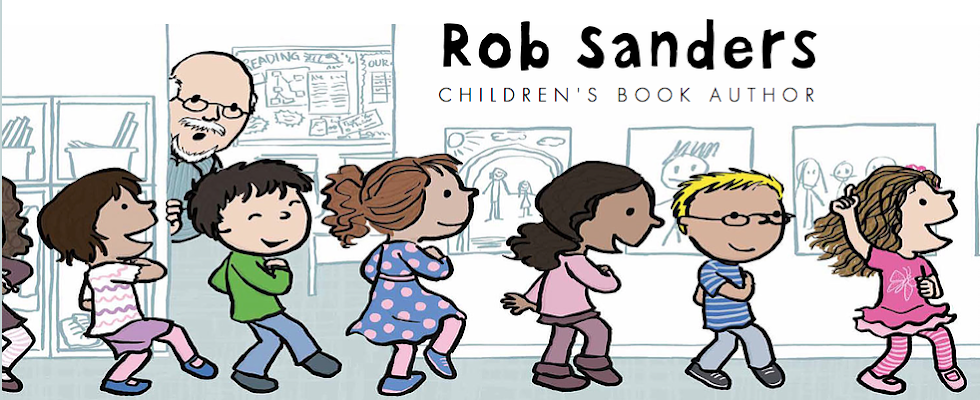Week of November 20: Grateful for a Few More Writing Ideas
Tuesday, November 22: Pilgrims, Land Ho—Using a KWL Chart
How about a simple, but helpful strategy for learning more about an idea and/or bringing it to life? For years, reading teachers have used KWL Charts with students.
SUBJECT/TOPIC _______________________________________________________ | ||
K WHAT I KNOW. | W WHAT I WANT TO KNOW (or WONDER) | L WHAT I LEARNED |
Before beginning a book, a teacher might use a KWL to assess previous knowledge, create interest, start students thinking about what they would like to learn about a topic, and more. Once students have identified what they know (K), and listed what they’d like to know or what they wonder about (W), they read. What is listed in the K column is brainstorming—no judging about the correctness (the text will help us with that later on). After reading, students list what they learned (L). This column can include the answers to the things in your W column and additional information learned.
This same chart can be used when brainstorming an idea. Let’s say I have a desire to write about pilgrims . . . here’s how I might begin my KWL Chart.
SUBJECT/TOPIC: Pilgrims | ||
K WHAT I KNOW. | W WHAT I WANT TO KNOW (or WONDER) | L |
-Mayflower -Plymouth Rock -First Thanksgiving -Many died of disease -Had to build new world -Men, women, & children -Wore big hats -Buckles on shoes | -Why did they celebrate? -What foods did they eat? -Were Indians really there? -How did they keep their buckles so shiny? -Where did their food come from? -Whatever happened to the Mayflower ship? | |
Because we’ve not read, studied, or researched yet, the L column is blank. Our next step is to read. The knowledge we gain can then be listed in the L column. For instance:
SUBJECT/TOPIC: Pilgrims | ||
K WHAT I KNOW. | W WHAT I WANT TO KNOW (or WONDER) | L WHAT I LEARNED |
-Mayflower -Plymouth Rock -First Thanksgiving -Many died of disease -Had to build new world -Men, women, & children -Wore big hats -Buckles on shoes | -Why did they celebrate? -What foods did they eat? -Were Indians really there? -How did they keep their buckles so shiny? -Where did their food come from? -Whatever happened to the Mayflower ship? | -Thanked God for guiding them to the New World -Feast lasted three days -13 pilgrims, 90 Native Americans -Ate fish, shellfish, wild fowl, venison, fruit, berries, vegetables, grain corn. -They DID hate turkey and pumpkin at first Thanksgiving—but lots more, too -First official Thanksgiving, Thursday, November 26, 1863—President Lincoln declared -Always fourth Thursday of November in USA -Other countries have Thanksgiving, too—but often different times |
While the KWL Chart is used in education primarily with non-fiction text, writers can use it for fiction, too. After all, when you are creating a character, a setting, and a problem for your character you K-now some things, you W-onder about other things, and you L-earn through your own cunning and imagination what the answers are.
Pilgrim, give the KWL Chart a shot. Who knows what you might discover?


No comments:
Post a Comment